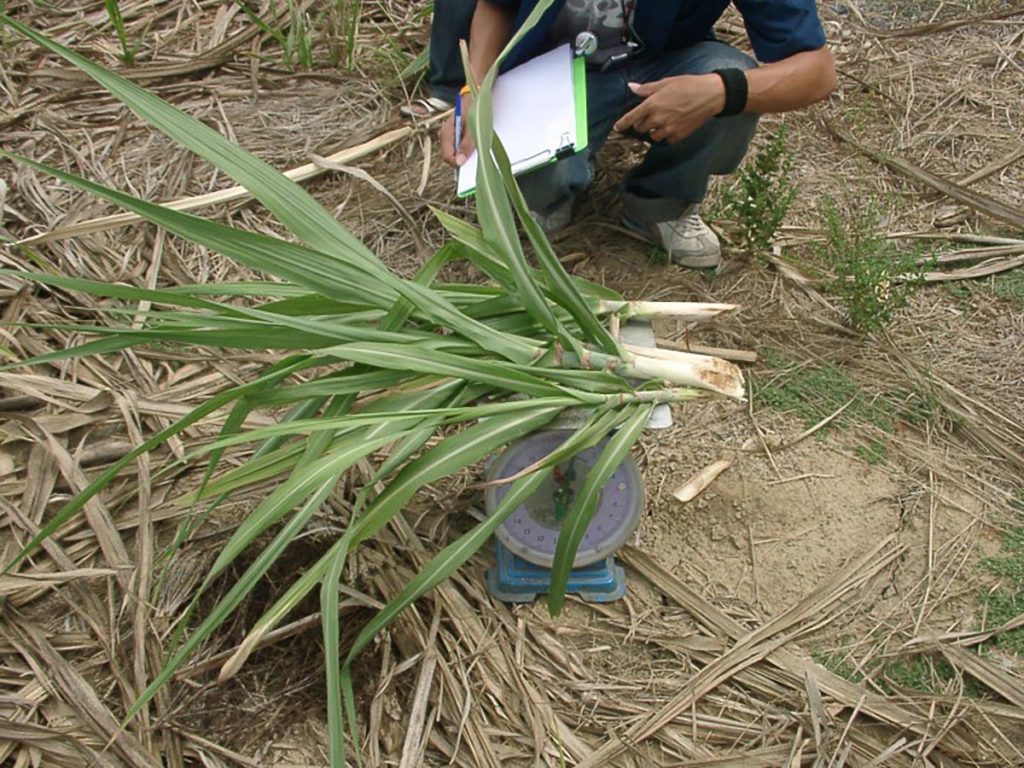Straw is an emotive word for biogas plant operators for several reasons:
- Low gas yield
- Shredding is too expensive
- Floating layers
- And many more counterarguments
But in fact, there are 3 advantages of straw that keep being overlooked.
1. Straw is poor in nutrients and will thus not be of consequence for the fertiliser ordinance
Compared to maize silage wheat straw only contains half the amount of nitrogen und 15 % less phosphor at the same biogas yield. When you are facing problems with nutrient quantities in your fertiliser balance, sell maize and buy straw. You´ll be off the hook right away.
„But how should that work out”? you might ask now. I´ll answer this question below.
2. Straw has a high DM-content and needs only little storage volume after digestion
Every ton of maize silage brings 700 litres of water. Every ton of solid manure brings 750 litres of water. This accumulates to thousands of cubic metres throughout a year. With a minimum storage volume for a 9 months period, you might quickly need a new final storage. This can bring costs of several 100.000 €. And it´s costs only because there´s no turnover with it.
Straw has a DM-content of 88 % and brings only 120 litres of water per ton for the mass balance.
Then you can separate the undigestable Lignocellulosis with a screw separator which results in straw showing a minus in the water balance. This means straw pulls water out of the system!
But how should that work out? You might ask now. I´ll answer this question below.
3. Nobody wants to have straw because it can not be utilized in a normal One-stage biogas plant
A product such as straw that no one wants to have is available on the market at stable prices in the long run.
Maize is wanted by every biogas plant, every dairy farm and almost every animal farm. But once the harvest is bad, prices explode and at a price of 50 € per ton or even more, the profit of a whole year is quickly lost.
This cannot happen with straw as no one wants to have it. Biogas plants can´t utilize it, dairy farms can´t feed straw and other animal farms can´t use it either.
Thus, straw stays left over for the biogas plant operators that can digest straw.
We digest up to 50 % straw because we have a pre-installed batch-hydrolysis.
The straw is put into the hydrolysis tanks together with other feedstock and is broken down to fatty acids before being fed into the digesters. Similar to a cow rumen, the SLP Batch Hydrolysis splits the cellulose.
The Batch-Hydrolysis is likely cheaper than a new final storage. This is why the SLP-Batch-Hydrolysis is an investment. It pays of by halving the feedstock costs and a flexible biogas production.
The construction of a new final storage is only another big cost item. No return. Wasted money.
If you want to learn more, call me or subscribe to our newsletter.
This clip shows how we feed whole straw bales into the SLP Batch Hydrolysis.






